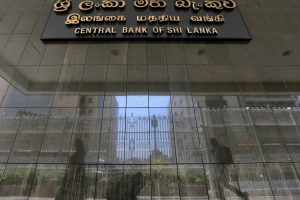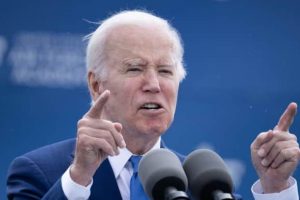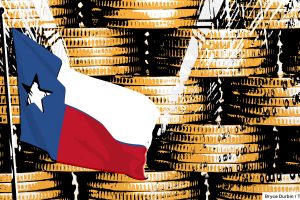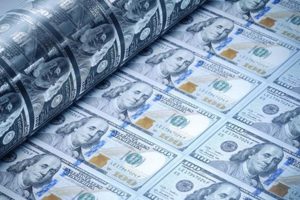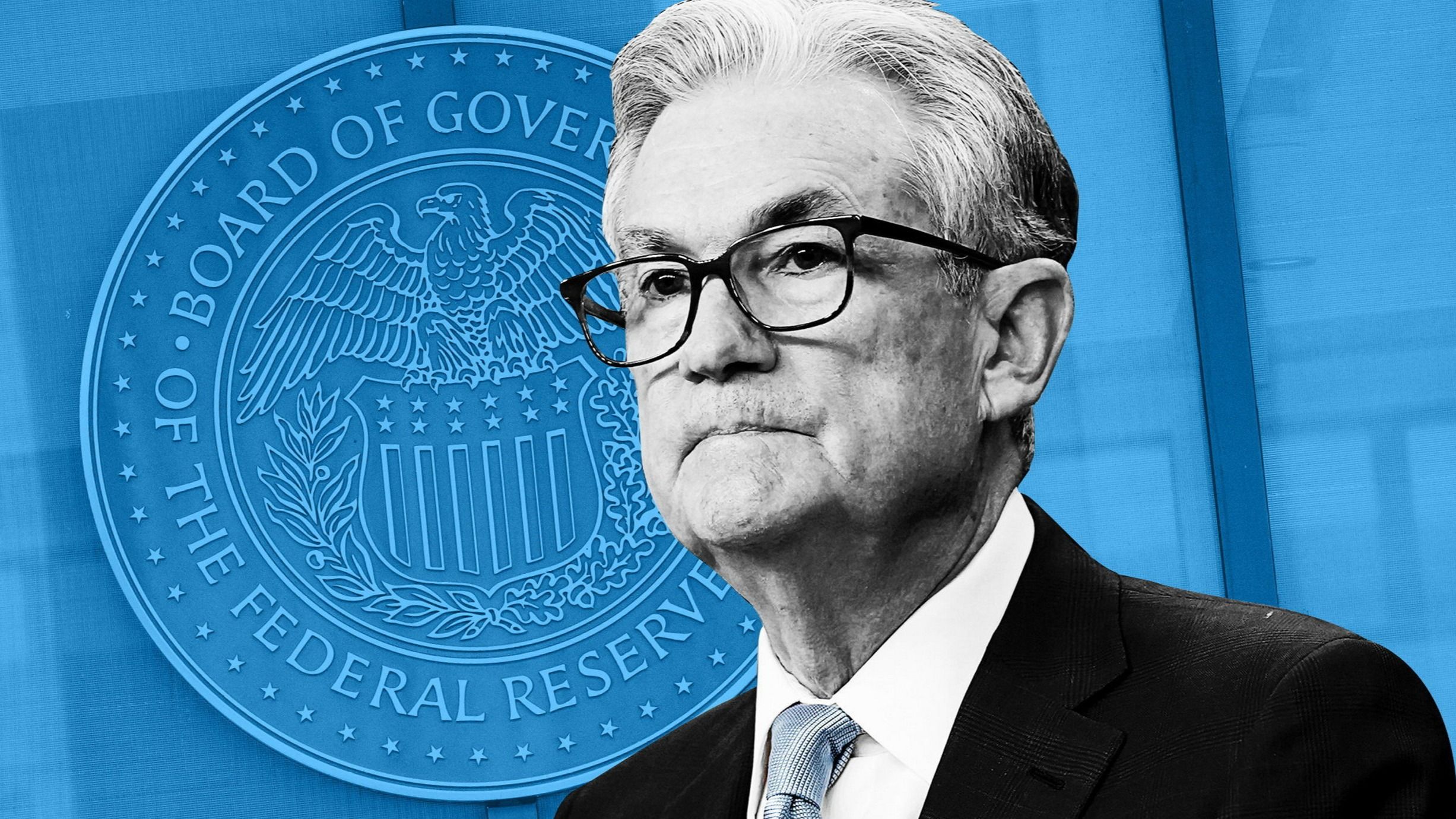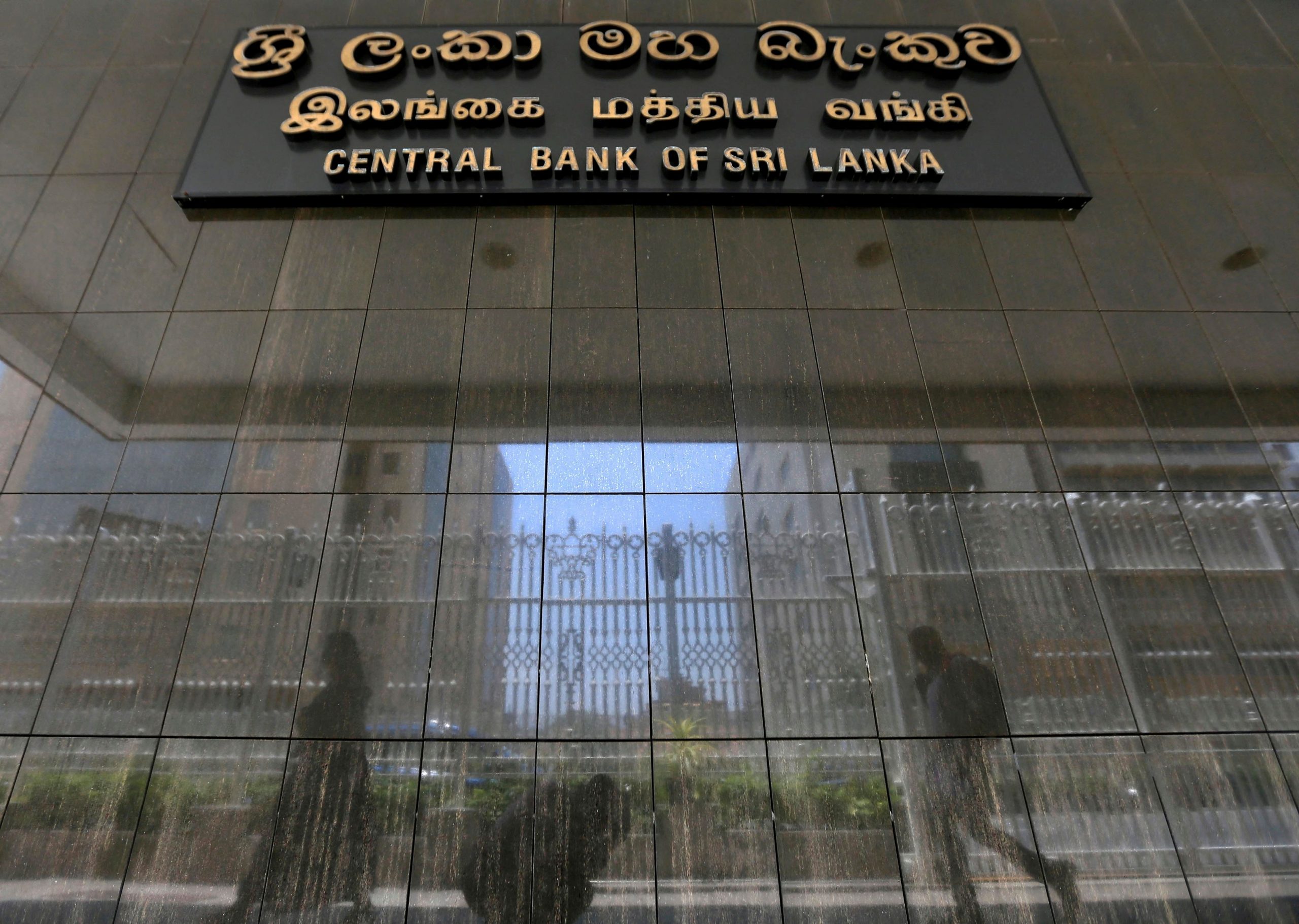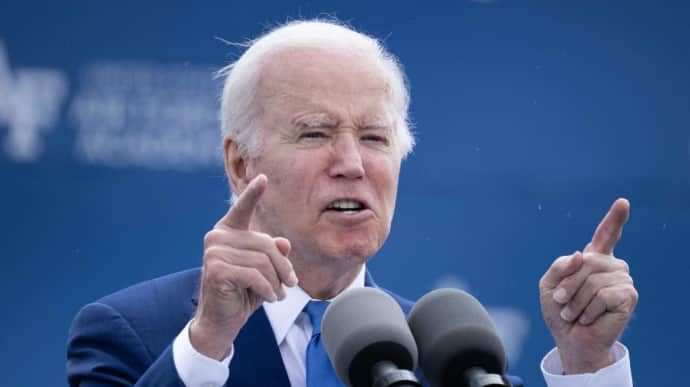The U.S. Federal Reserve (Fed) is grappling with a complex predicament as it endeavors to strike a balance between potential harmful consequences of interest rate increases on financial institutions and the immediate necessity to tackle soaring inflation, which is at its highest in several years. The outcome of this decision will greatly influence whether the Fed sticks to its current plan of sustaining high interest rates till year’s end, or if it shifts to decreasing rates, as many market observers foresee.
Since March, tumultuous events have rocked the American banking sector, prompting the Fed to implement two interest rate hikes to curb inflation and deliver emergency liquidity to bolster the banking system. These steps underscore the central bank’s adherence to the principle of separation, viewing monetary policy and financial stability measures as separate fields of action. Nevertheless, the repercussions of the credit crisis pose a dilemma, potentially propelling the economy into a sharp downturn even before successful inflation control.
The 5-point overall interest rate hikes of the Fed are linked to the downfall of Silicon Valley Bank, marking the biggest bank failure since the financial crisis in 2008. Even though severe tension has lessened recently, the frequency of emergency borrowing from the Fed is still high, regional bank shares have dropped by more than 20% this year, and surveys indicate that lenders are adopting a conservative lending strategy.
Officials of the Federal Reserve are now evaluating the potential repercussions of further credit limitations and the risk of contagion from other unstable banks on the economy and relentless inflation. Jerome Powell, Fed Chair, while speaking at a conference in Washington, defended the dual strategy of the central bank while recognizing its interconnected effects.
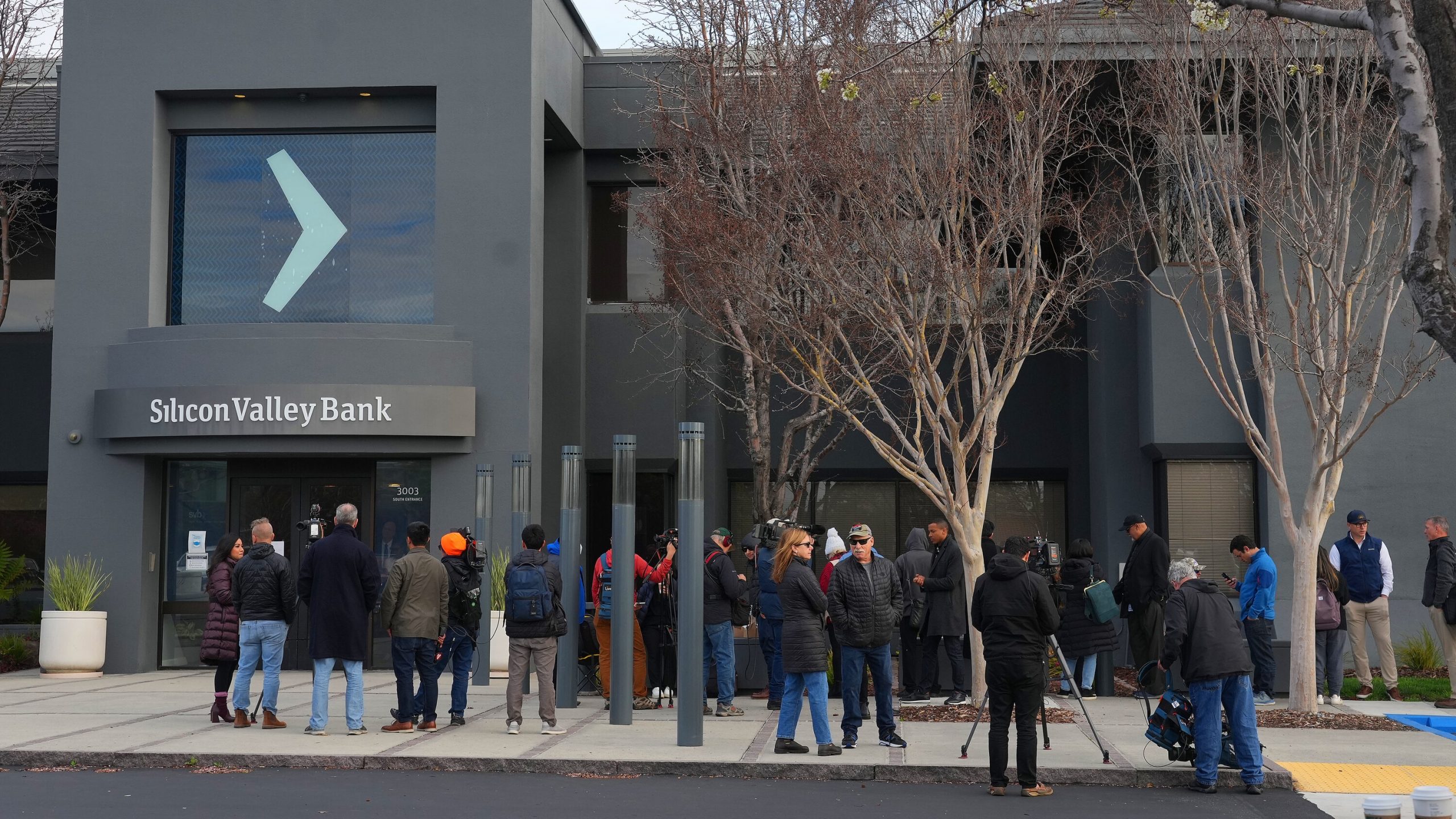
Powell asserted that while the financial stability instruments have aided in stabilizing banking sector conditions, these developments are also leading to stricter credit conditions and are expected to suppress economic growth, job creation, and inflation. Consequently, Powell hinted at the possibility of a halt in interest rate increases at the Fed’s June meeting, implying that the policy rate may not need to rise as much as previously expected to reach the Fed’s targets.
In March, the Fed acted promptly to avert contagion within the financial system by extending access to emergency lending programs. Despite fears that the ensuing turmoil could intensify credit tightening, officials carried on with rate hikes soon after. The consequent rise in short-term borrowing expenses has put stress on banks, affecting their profitability. Moreover, a sluggish economy could obstruct households and businesses from repaying loans, weakening the financial system and hampering the Fed’s endeavors to revive the job market.
Lou Crandall, the chief economist at Wrightson ICAP, stresses that financial stability is a prerequisite for economic and price stability. He believes that Fed officials need to consider themselves as defenders of the financial system, not merely combatants against inflation.
Nonetheless, hurdles lie ahead. Deutsche Bank’s economists predict financial strain risks that could hinder monetary policy goals, though they believe regulators will control and contain these strains. The challenge is in gauging the influence of banking stress and estimating how long it will affect the wider economy. The complexities of forecasting the path of financial instability are highlighted by Neel Kashkari, Minneapolis Fed President, who makes comparisons to the lingering impacts of the 2008 crisis.
Some officials believe that the economic impact will likely be minimal and opine that market predictions of a rate cut are off base, given the significant distance from their inflation target. Lorie Logan, Dallas Fed President, stressed at an Atlanta Fed conference that interventions to ensure financial stability should not unduly ease financial conditions amidst the current inflationary climate.
Jeremy Stein, a former Fed Governor, cautions that the Fed may not have sufficiently dealt with the “policy-induced risks” resulting from low interest rates after the pandemic. Stein’s viewpoint highlights the delicate task facing the Fed—tackling inflation while ensuring stability in the banking sector. The entangled effects of these two elements of monetary policy further complicate this job.
Ultimately, the solution to this conundrum will advance our comprehension of the intricate relationship between monetary policy, financial stability, and economic health. Furthermore, it will influence the Fed’s response to future economic crises, determining the compromises it is prepared to make and the instruments it is equipped to utilize.
©traders-news.online
